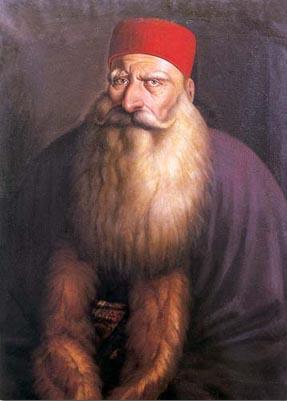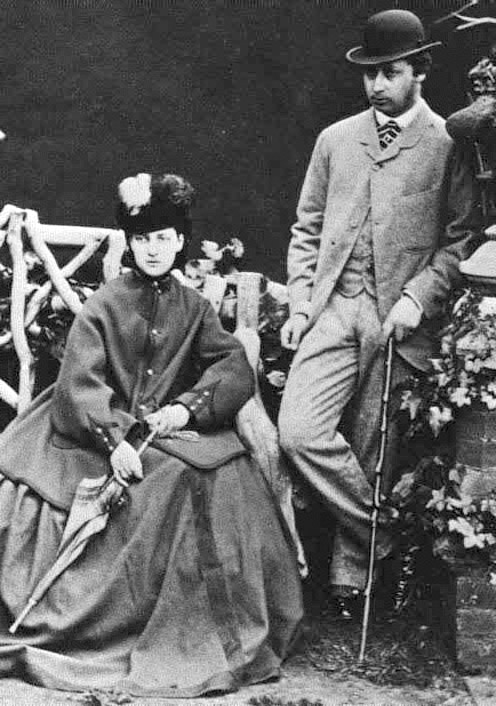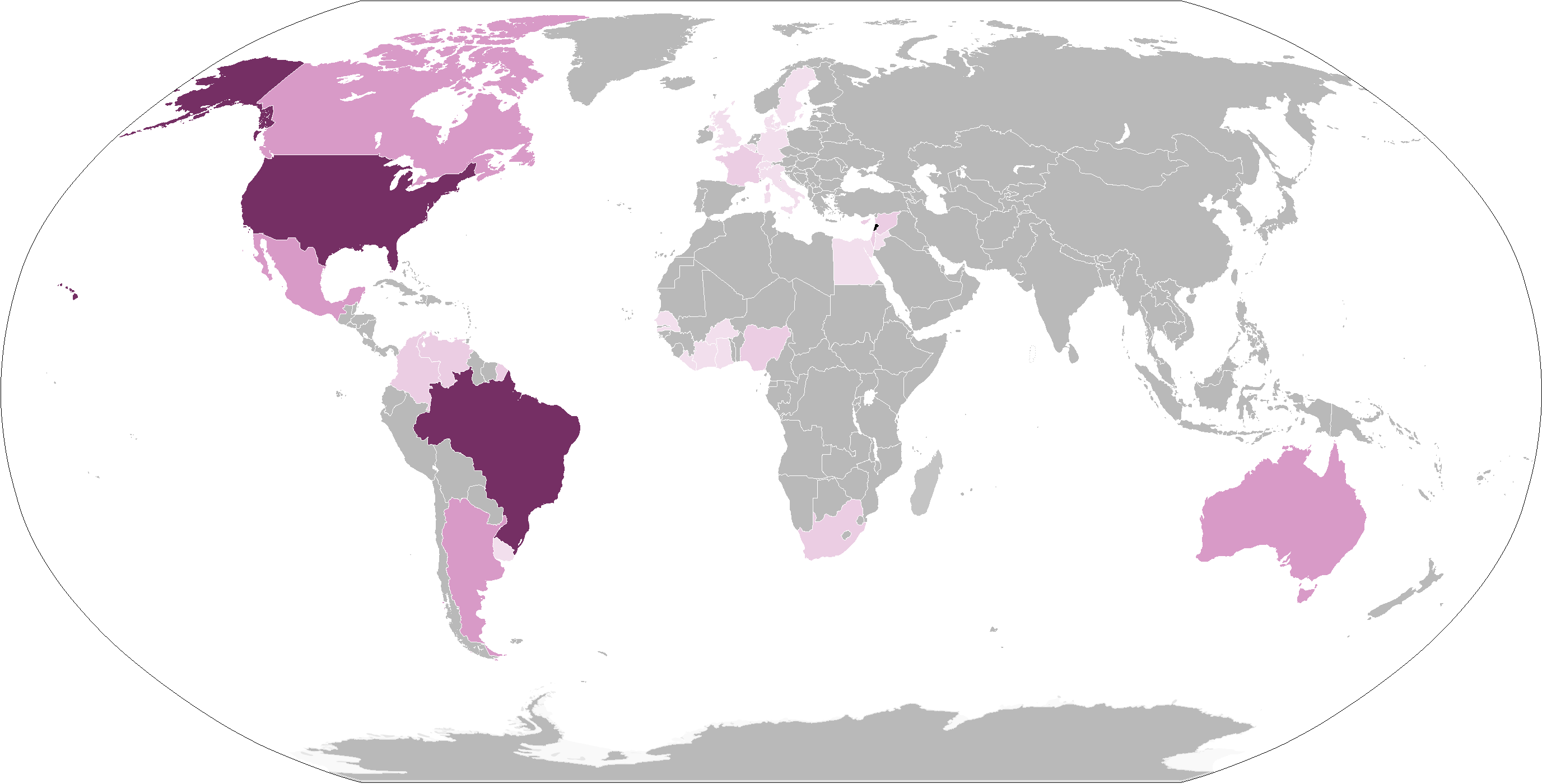|
Hasbeya
Hasbaya or Hasbeiya () is a municipality in Lebanon, situated at the foot of Mount Hermon, overlooking a deep amphitheatre from which a brook flows to the Hasbani River. In 1911, the population was about 5,000. The town was a traditional seat of the Chehab family, local rulers under Ottoman suzerainty. They built the Chehabi Citadel, a prominent landmark in the town. History Some travellers have attempted to identify Hasbeya with the biblical Baal-Gad or Baal-Hermon. In the New Testament, the mountain is the site of the transfiguration of Jesus. During the Roman period there was a Temple of Hebbarieh in the area, as evident in the ruins at the foot of Mount Hermon. Crusader period The presence of Druze around Mount Hermon is documented since the founding of the Druze religion in the beginning of the 11th century. The castle in Hasbaya was held by the crusaders under Count Oran, but in 1171 the Emirs of the Chehab family captured it after defeating the crusaders in a num ... [...More Info...] [...Related Items...] OR: [Wikipedia] [Google] [Baidu] |
Hasbaya District
The Hasbaya District is one of the four districts in the Nabatiyeh Governorate of Lebanon. It lies in the southeast, bordering Syria to the east and Israel to the south. The capital of the district is Hasbaya, a town with a population that is mostly Druze oriented and some Christians. Municipalities The following 20 municipalities are all located in the Hasbaya District: *Abu Qamha *Ain Jarfa *Ain Qenia *Al-Dalafa *Al-Majidiyah *Al-Mari *Berghoz *Shouaya *Al-Fardis, Hasbaya, Al-Fardis *Hasbaya *Al-Hebbariyah *Kaukaba *Kfar Shouba, Hasbaya, Kfar Shouba *Kfar Hamam *Al-Kfeir *Al-Khalouat *Marj al-Zuhour *Mimess *Rashaya al-Foukhar *Shebaa Gallery File:Citadelle Hasbaya.jpg File:Lunching above Hasbaya LOC matpc.13125.jpg File:Village of Hasbaya, Habaga (above?) foot of Mt. Hermon LOC matpc.13122.tif Demographics According to registered voters in 2014: References Hasbaya District, Districts of Lebanon {{Lebanon-geo-stub ... [...More Info...] [...Related Items...] OR: [Wikipedia] [Google] [Baidu] |
Governorates Of Lebanon
Lebanon is divided into nine governorates (Arabic: ). Each governorate is headed by a governor (Arabic: ). All of the governorates except for Beirut Governorate, Beirut and Akkar Governorate, Akkar are divided into districts of Lebanon, districts, which are further subdivided into list of municipalities of Lebanon, municipalities. The newest governorate is Keserwan-Jbeil, which was gazetted on 7 September 2017 but whose first governor, Pauline Deeb, was not appointed until 2020. Implementation of the next most recently created governorates, Akkar and Baalbek-Hermel, also remains ongoing since the appointment of their first governors in 2014. See also * Politics of Lebanon References External links Governorates of Lebanon, Administrative divisions in Asia, Lebanon 1 First-level administrative divisions by country, Governorates, Lebanon Lists of subdivisions of Lebanon, Governorates Subdivisions of Lebanon {{Lebanon-geo-stub ... [...More Info...] [...Related Items...] OR: [Wikipedia] [Google] [Baidu] |
Shihab Family
The Shihab dynasty (alternatively spelled Chehab; , ALA-LC: ''al-Shihābiyūn'') is an Arab family whose members served as the paramount tax farmers and emirs of Mount Lebanon from the early 18th to mid-19th century, during Ottoman rule (1517–1918). Before then, the family had been in control of the Wadi al-Taym region, purportedly as early as the 12th century. During early Ottoman rule, they maintained an alliance and marital ties with the Ma'n dynasty, the Chouf-based, paramount Druze emirs and tax farmers of Mount Lebanon. When the last Ma'nid emir died without male progeny in 1697, the chiefs of the Druze in Mount Lebanon appointed the Shihab emir, Bashir, whose mother belonged to the Ma'n, as his successor. Bashir was succeeded by another Shihab emir with a Ma'nid mother, Haydar, after his death. Under Haydar, the Shihabs crushed their main rivals for paramountcy amongst the Druze at the Battle of Ain Dara in 1711, consolidating their dominance of Mount Lebanon throu ... [...More Info...] [...Related Items...] OR: [Wikipedia] [Google] [Baidu] |
Rashaya
Rashaya, Rachaya, Rashaiya, Rashayya or Rachaiya (), also known as Rashaya al-Wadi or Rachaya el-Wadi (and variations), is a town of the Rashaya District in the west of the Beqaa Government of Lebanon. It is situated at around above sea level on the western slopes of Mount Hermon, south east of Beirut near the Syrian border, and approximately halfway between Jezzine and Damascus. Rachaya is known for the Rashaya Citadel where Bshara El Khoury was jailed in 1943. It's the symbol of independence. Culture Rashaya has a population of around 6,000 to 7,500 that are mostly Druze. It is still considered to be a traditional Lebanese town with its old cobbled streets and small shops, even though it witnessed in recent years a slight expansion of buildings. It retains a distinguished character of traditional stone houses with red tiled roofs. The small souk in the middle of the town offers various shops selling local crafts and inexpensive goods. There is a recently renovated goldsm ... [...More Info...] [...Related Items...] OR: [Wikipedia] [Google] [Baidu] |
Marjayoun
Marjayoun or Jdeidet Marjayoun (: Lebanese pronunciation ), also Marj 'Ayoun, Marjuyun or Marjeyoun (lit. "meadow of springs") which reflects the area's lush landscape and abundant water resources and Jdeideh / Jdeida / Jdeidet Marjeyoun, is a municipality, in the Marjeyoun District, Nabatieh Governorate in Southern Lebanon. History Crusader period On June 10, 1179, during the Battle of Marj Ayyun, the Ayyubids defeated the Crusaders. The Crusader king narrowly escaped capture. Ottoman period In 1596, 'Jadida' appears in the daftar of Ottoman '' nahiya'' (subdistrict) of Tibnin in the '' liwa''' (district) of Safad, as a Muslim village of 28 households and 12 bachelors. The villagers paid a fixed tax-rate of 25% on agricultural products, such as wheat, barley, olive trees, vineyards, goats and beehives, in addition to "occasional revenues" and a press for olive oil or grape syrup; a total of 9,606 akçe.Hütteroth and Abdulfattah, 1977, p. 182 In 1875 Vi ... [...More Info...] [...Related Items...] OR: [Wikipedia] [Google] [Baidu] |
Damascus
Damascus ( , ; ) is the capital and List of largest cities in the Levant region by population, largest city of Syria. It is the oldest capital in the world and, according to some, the fourth Holiest sites in Islam, holiest city in Islam. Known colloquially in Syria as () and dubbed, poetically, the "City of Jasmine" ( ), Damascus is a major cultural center of the Levant and the Arab world. Situated in southwestern Syria, Damascus is the center of a large metropolitan area. Nestled among the eastern foothills of the Anti-Lebanon mountain range inland from the eastern shore of the Mediterranean on a plateau above sea level, Damascus experiences an arid climate because of the rain shadow effect. The Barada, Barada River flows through Damascus. Damascus is one of the List of oldest continuously inhabited cities, oldest continuously inhabited cities in the world. First settled in the 3rd millennium BC, it was chosen as the capital of the Umayyad Caliphate from 661 to 750. Afte ... [...More Info...] [...Related Items...] OR: [Wikipedia] [Google] [Baidu] |
Edward VII
Edward VII (Albert Edward; 9 November 1841 – 6 May 1910) was King of the United Kingdom and the British Dominions, and Emperor of India, from 22 January 1901 until Death and state funeral of Edward VII, his death in 1910. The second child and eldest son of Queen Victoria and Prince Albert of Saxe-Coburg and Gotha, Edward, nicknamed "Bertie", was related to royalty throughout Europe. He was Prince of Wales and heir apparent to the British throne for almost 60 years. During his mother's reign, he was largely excluded from political influence and came to personify the fashionable, leisured elite. He Wedding of Prince Albert Edward and Princess Alexandra, married Princess Alexandra of Denmark in 1863, and the couple had six children. As Prince of Wales, Edward travelled throughout Britain performing ceremonial public duties and represented Britain on visits abroad. His tours of North America in 1860 and of the Indian subcontinent in 1875 proved popular successes. Despite the ap ... [...More Info...] [...Related Items...] OR: [Wikipedia] [Google] [Baidu] |
Maronites
Maronites (; ) are a Syriac Christian ethnoreligious group native to the Eastern Mediterranean and the Levant (particularly Lebanon) whose members belong to the Maronite Church. The largest concentration has traditionally resided near Mount Lebanon in modern Lebanon. The Maronite Church is an Eastern Catholic particular church in full communion with the pope and the rest of the Catholic Church. The Maronites derive their name from Saint Maron, (350-410 AD. ), a monk who migrated with his followers from Antioch to the Lebanese Mountains and founded the Maronite church. The spread of Christianity was very slow in the Lebanese region, in the 5th century AD in the highlands they were still pagan. St. Maron sent the apostle Abraham of Cyrrhus known as the "Apostle of Lebanon" with a mandate to convert the pagan inhabitants of Lebanon to Christianity. After their conversion, the inhabitants of the region renamed the Adonis River to the Abrahamic River in honor of the Saint who ... [...More Info...] [...Related Items...] OR: [Wikipedia] [Google] [Baidu] |
1860 Civil Conflict In Mount Lebanon And Damascus
The 1860 civil conflict in Mount Lebanon and Damascus, also known as the 1860 Christian–Druze war, was a civil conflict in Mount Lebanon during Ottoman rule in 1860–1861 fought mainly between the local Druze and Christians. Following decisive Druze victories and massacres against the Christians, the conflict spilled over into other parts of Ottoman Syria, particularly Damascus, where thousands of Christian residents were killed by Druze militiamen. The fighting precipitated a French-led international military intervention. Background The relationship between the Druze and Christians has been characterized by harmony and coexistence, with amicable relations between the two groups prevailing throughout history. After the Shihab dynasty converted to Christianity, the Druze lost most of their political and feudal powers. On 3 September 1840, Bashir Shihab III was appointed emir of the Mount Lebanon Emirate by the Ottoman Sultan Abdulmejid I, succeeding his distant cousin, t ... [...More Info...] [...Related Items...] OR: [Wikipedia] [Google] [Baidu] |
Protestantism
Protestantism is a branch of Christianity that emphasizes Justification (theology), justification of sinners Sola fide, through faith alone, the teaching that Salvation in Christianity, salvation comes by unmerited Grace in Christianity, divine grace, the priesthood of all believers, and the Bible as the sole infallible source of authority for Christian faith and practice. The five solae, five ''solae'' summarize the basic theological beliefs of mainstream Protestantism. Protestants follow the theological tenets of the Reformation, Protestant Reformation, a movement that began in the 16th century with the goal of reforming the Catholic Church from perceived Criticism of the Catholic Church, errors, abuses, and discrepancies. The Reformation began in the Holy Roman Empire in 1517, when Martin Luther published his ''Ninety-five Theses'' as a reaction against abuses in the sale of indulgences by the Catholic Church, which purported to offer the remission of the Purgatory, temporal ... [...More Info...] [...Related Items...] OR: [Wikipedia] [Google] [Baidu] |
Lebanese Greek Orthodox Christians
Lebanese Greek Orthodox Christians () refers to Lebanese people who are adherents of the Greek Orthodox Church of Antioch in Lebanon, which is an autocephalous Greek Orthodox Church within the wider communion of Eastern Orthodox Christianity, and is the second-largest Christian denomination in Lebanon after the Maronite Christians. Lebanese Greek Orthodox Christians are believed to constitute about 8% of the total population of Lebanon.Lebanon – International Religious Freedom Report 2010 U.S. Department of State. Retrieved on 14 February 2010. U.S. Department of State. Retrieved on 1 June 2012. Most of the ... [...More Info...] [...Related Items...] OR: [Wikipedia] [Google] [Baidu] |







